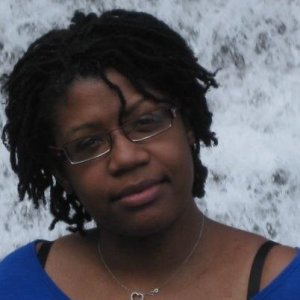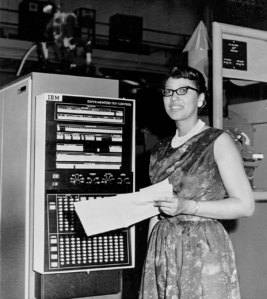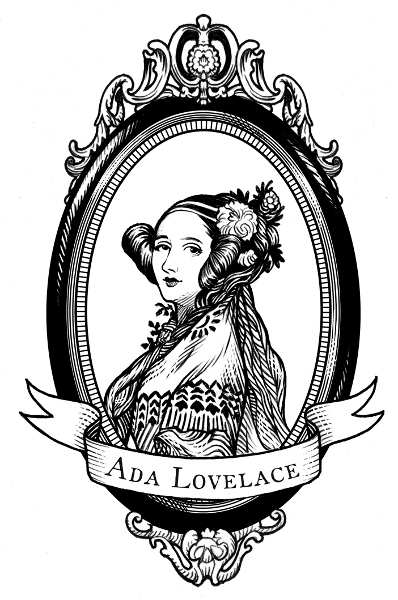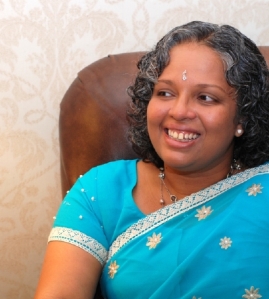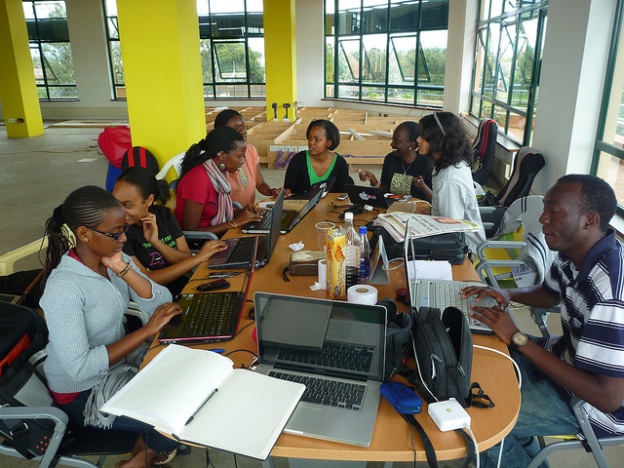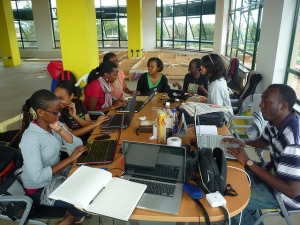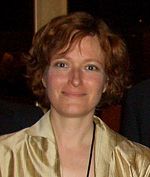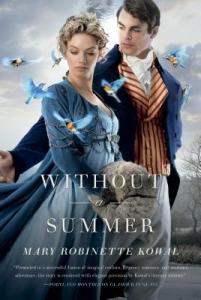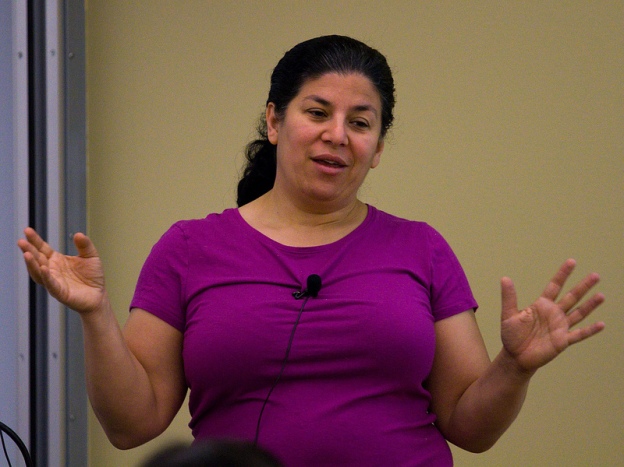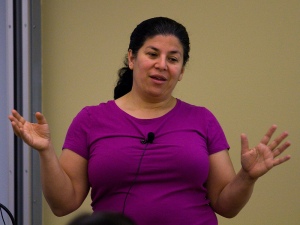Carrie Patel writes both prose fiction and video games. Her short fiction has appeared in Beneath Ceaseless Skies, and her first novel is out this week from Angry Robot books. She’s also a narrative designer for Obsidian Entertainment, a game studio known for story-driven games.
I caught up with her via email to chat about how writing for video games compares to writing prose fiction. This is what she told me:
Storytelling in games is so varied – you have some (like Journey) that are beautiful and fabulous without telling their stories through words, and you have others (like Pillars of Eternity, the game I’m working on) that do most of their storytelling through text dialogue. To more directly answer your question, both media force you to examine and incorporate story structure in slightly different ways.
Books are completely linear and games, to varying degrees, are less so. With an RPG in particular, you need to strike a balance between giving the player agency and telling her a cohesive narrative that still hits interesting beats. You’re also free to define the protagonist of a novel in a way that you often aren’t with story-driven RPGs where the goal is to allow the player to define (or become) the protagonist. As a result, a lot of RPG companions and key NPCs tend to be pretty colorful–as a writer, your pour most of your big, bold characterization into these individuals. It’s fun, and it helps you provide certain reference points for the player–which NPCs do they find most sympathetic, and which do they tend to align themselves with? To sum up, working in both media has given me a greater appreciation for story structure–structure comes out differently, but it’s still critical to both media.
Her novel, THE BURIED LIFE, is a science fiction thriller set in the post-post apocalyptic underground city. Fans of steampunk, mystery, and awesome lady detectives should be sure to check it out.
Pillars of Eternity, her first complete computer game, is coming out from Obsidian in a few weeks. It’s an RPG in the style of Baldur’s Gate and Planescape: Torment.
You can catch up with Carrie on her blog, Electronic Ink, or on Twitter as @Carrie_Patel.


